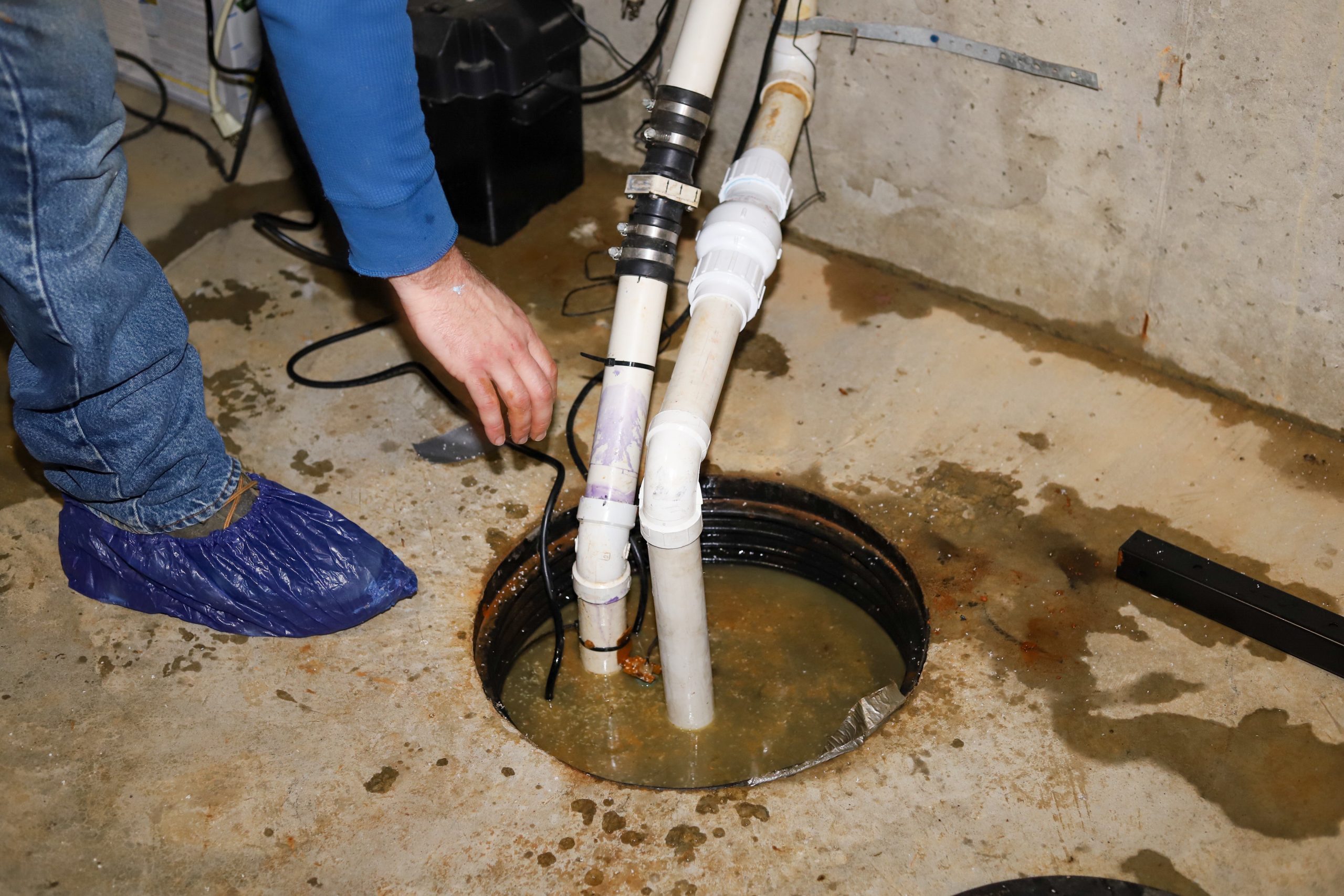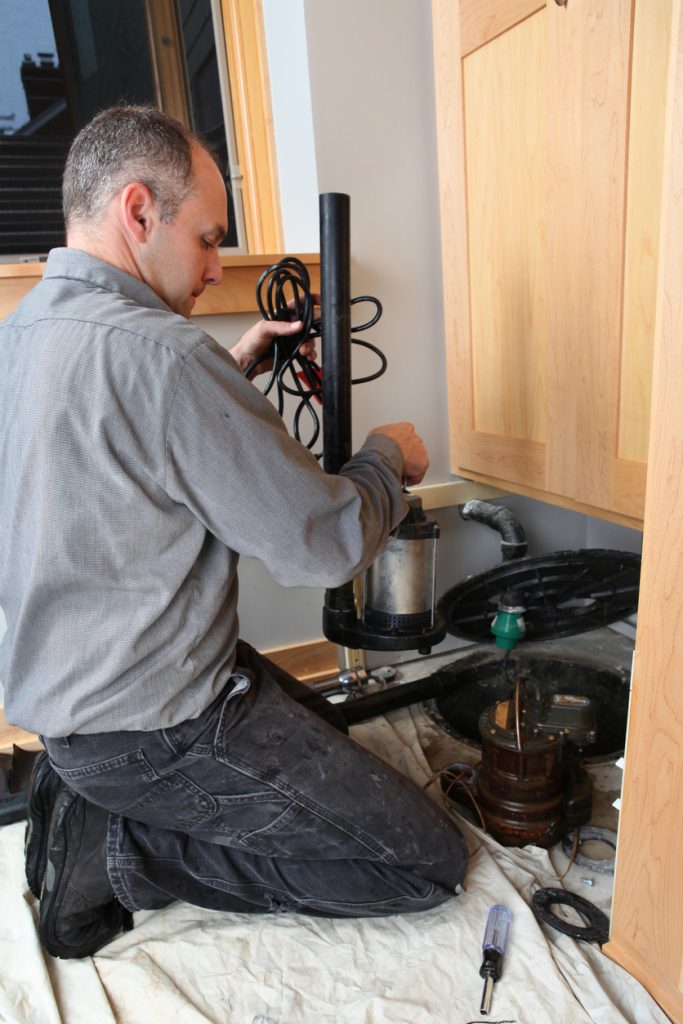The article author is making a number of good points relating to Steps to Cleaning Your Sump Pump Properly as a whole in the content beneath.

Sump pumps are vital elements in several homes, particularly in locations susceptible to flooding or extreme wetness. They help stop water damage by successfully eliminating excess water from basements or crawl spaces. Nevertheless, like any other home appliance, sump pumps require normal upkeep to guarantee they operate properly when required one of the most. Cleansing your sump pump is an important part of its upkeep, and recognizing just how to do it properly can save you from expensive repair services and possible calamities.
Intro
Keeping a clean sump pump is essential for its appropriate functioning and longevity. Disregarding this important task can lead to clogs, breakdowns, and eventually, water damages to your residential property. As a result, learning how to cleanse a sump pump is critical for house owners that count on these gadgets to keep their basements completely dry and safeguarded.
Understanding the Sump Pump
Prior to diving into the cleansing procedure, it's essential to have a standard understanding of just how a sump pump functions. Usually set up in a pit or container below the basement flooring, a sump pump contains a number of vital parts, consisting of a pump, a float button, and a discharge pipe. When water accumulates in the pit, the float button activates the pump, which after that pumps the water out through the discharge pipe, far from the structure's structure.
Signs of a Dirty Sump Pump
Understanding when your sump pump requires cleaning is vital for stopping possible breakdowns. Some usual indications that suggest a dirty sump pump consist of unusual sounds throughout operation, minimized water flow, and noticeable debris in the pit. If you notice any of these symptoms, it's essential to clean your sump pump immediately to avoid any kind of further problems.
Planning for Cleaning
Before you begin cleaning your sump pump, it's important to take some safety precautions. Begin by shutting down the power to the pump to stay clear of any electric accidents. In addition, use suitable safety equipment, such as gloves and goggles, to protect on your own from dust, debris, and prospective pathogens.
Step-by-step Overview to Cleaning a Sump Pump
Turning off the Power
Begin by separating the power supply to the sump pump to stop any type of crashes while cleansing.
Removing Debris and Dust
Utilize a bucket or an inside story to eliminate any type of noticeable particles, dust, or debris from the sump pit. Dispose of the particles correctly to avoid it from blocking the pump or the discharge pipeline.
Cleaning up the Pump and Float Change
As soon as the pit is clear of particles, meticulously remove the pump from the pit. Check the pump and the float button for any kind of indicators of damages or wear. Use a soft brush or cloth to clean up the surface areas and remove any gathered grime.
Purging the System
After cleaning the pump and float switch, purge the sump pit with tidy water to eliminate any kind of remaining dirt or sediment. This will help guarantee that the pump operates smoothly and efficiently.
Checking for Appropriate Functioning
Prior to re-installing the pump, execute a quick test to ensure that the float button triggers the pump correctly. Put some water right into the sump pit and observe the pump's operation. If every little thing is operating properly, you can reassemble the pump and reconnect the power supply.
Maintenance Tips to Maintain Your Sump Pump Clean
In addition to routine cleansing, there are numerous maintenance pointers you can comply with to maintain your sump pump in ideal problem:
Conclusion
Cleansing your sump pump is an essential element of its maintenance and makes sure that it runs properly when you require it the most. By complying with the actions laid out in this overview and integrating normal upkeep into your regimen, you can prolong the lifespan of your sump pump and shield your home from water damages.
6 STEPS ON HOW TO CLEAN A SUMP PUMP PROPERLY
UNDERSTANDING SUMP PUMPS
Your sump pump plays a crucial role in protecting your home by managing and removing excess water. It primarily functions as a “shield”, guarding your basement against the damaging effects of water accumulation. The pump is housed in a sump pit in the lowest part of your basement, and its job is to pump out any water that collects there.
During heavy rainfalls or when snow melts rapidly, water can infiltrate your basement, posing potential risks like flooding, structural damage, and harmful mold growth. Here, the sump pump springs into action, pumping out the intruding water and directing it away from your home.
SAFETY FIRST
Before cleaning, remember to prioritize safety. Disconnect the sump pump from the power source to prevent any accidental electric shocks. Also, wear sturdy gloves to protect your hands from any sharp or dirty components within the pump.
REMOVE THE SUMP PUMP
After ensuring your safety, the next step is to remove the sump pump from its pit. Doing this might require careful maneuvering as you don’t want to damage any pump components. Once removed, clean the sump pit to remove any accumulated debris or sludge.
INSPECT THE PUMP
Inspect the pump for any visible signs of wear or damage. Check the power cord, float switch, and impeller housing. If any components look worn out or damaged, consider replacing them to ensure optimal performance.
CLEAN THE PUMP
Thoroughly clean the pump with warm, soapy water. Make sure to rid it of any dirt, gravel, or other debris that might impede its performance. You can use a toothbrush to clean the small, hard-to-reach parts of the pump.
REINSTALL THE SUMP PUMP
Reinstall the pump into the sump pit Make sure it’s positioned correctly to remove the water effectively Once it’s back in place, reconnect it to the power source TEST THE PUMP
Finally, pour some water into the pit to ensure the pump works correctly. It should start automatically and begin pumping out the water; if it doesn’t, check the power source and the positioning of the pump.
Remember, while cleaning your sump pump is an essential part of home maintenance, hiring a professional plumber for a thorough inspection and cleaning at least once a year is also important. This will ensure that your pump is in optimal condition, ready to protect your home from potential water damage.
BEST PRACTICES FOR CLEANING SUMP PUMP DISCHARGE PIPES
Regular Inspection: Regularly inspect your discharge pipes, especially during heavy rainfall or snowmelt periods. Look for any signs of blockage or damage. Early detection of problems can prevent serious issues down the line. Periodic Cleaning: Over time, sediment and debris can accumulate in the discharge pipes, impeding the flow of water. Regular cleaning helps keep the pipes clear and functioning efficiently. You can use a high-pressure water jet to effectively clean the pipes. Insulation During Winter: In colder climates, discharge pipes can freeze, blocking the outflow of water. Protect your discharge pipes from freezing temperatures by insulating them with foam pipe insulation. This will ensure the sump pump can continue to discharge water even in freezing conditions. Proper Positioning: The discharge pipe should be positioned to direct water away from your home’s foundation. Improper positioning can lead to water seeping back into the basement. Ensure the pipe is long enough and angled correctly. Installation of a Check Valve: A check valve prevents water from flowing back into your sump pit after the pump has pushed it out. Installing a check valve helps maintain the efficiency of your sump pump and reduces the risk of flooding. Minimize Pipe Turns: Every curve or turn in the discharge pipe can decrease the efficiency of water flow. By minimizing turns and bends in your discharge pipe, you can increase the efficiency of your sump pump. https://www.fullspeedplumbing.com/how-to-clean-a-sump-pump-properly9999/

Hopefully you enjoyed our article on Steps to Cleaning Your Sump Pump Properly. Thanks a ton for taking time to read our content. Enjoyed our write-up? Please share it. Let another person discover it. Thank you for taking the time to read it.
View More